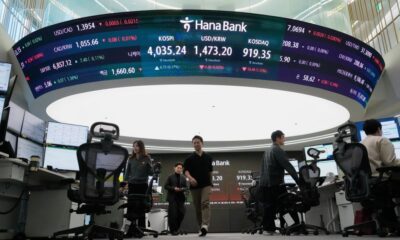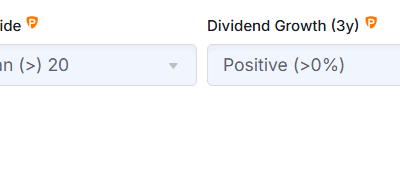Business
Weak Payroll Growth in July Raises September Rate Cut Prospects

The July jobs report revealed a gain of just 73,000 payroll jobs, falling short of analysts’ expectations and leading to significant downward revisions in the previous two months’ figures. This disappointing performance has heightened speculation regarding potential interest rate cuts by the Federal Reserve in September.
While the unemployment rate saw a slight increase to 4.2%, this change may not signal immediate concerns. The rise can be attributed in part to a contracting labor supply that may help mitigate the effects of declining labor demand across various sectors.
Employment Landscape Mixed Across Industries
The report’s findings indicate that job growth in July was uneven, with some industries performing better than others. While certain sectors recorded gains, others struggled, reflecting the broader economic landscape that continues to face challenges.
Market strategist Magdalena Ocampo noted that although the overall job creation numbers were modest, they reflect a complex interplay between supply and demand factors. The recent uptick in the unemployment rate, while concerning, may not be as alarming as it appears at first glance.
Furthermore, the labor market’s dynamics suggest that the rising unemployment rate could be influenced by a decrease in available workers rather than a surge in job losses. This scenario points to a possible tightening of the labor market, which could help balance the impact of reduced hiring activity.
Implications for Federal Reserve Policy
The July jobs report is likely to influence the Federal Reserve’s approach to monetary policy. Analysts are increasingly convinced that the weak payroll numbers could prompt a reassessment of interest rates. The central bank may consider a rate cut in September as a response to the evolving economic conditions.
The report emphasizes the necessity for the Federal Reserve to remain vigilant in its evaluations of economic indicators. As the labor market shifts, the implications for inflation and overall economic growth will be crucial in determining the appropriate course of action.
In conclusion, the July jobs report highlights the complexities facing the labor market and the broader economy. With the added uncertainty surrounding inflation and consumer spending, the upcoming Federal Reserve meetings will be pivotal in shaping future economic policy.
-

 Politics4 weeks ago
Politics4 weeks agoSecwepemc First Nation Seeks Aboriginal Title Over Kamloops Area
-

 World5 months ago
World5 months agoScientists Unearth Ancient Antarctic Ice to Unlock Climate Secrets
-

 Entertainment5 months ago
Entertainment5 months agoTrump and McCormick to Announce $70 Billion Energy Investments
-

 Science5 months ago
Science5 months agoFour Astronauts Return to Earth After International Space Station Mission
-

 Lifestyle5 months ago
Lifestyle5 months agoTransLink Launches Food Truck Program to Boost Revenue in Vancouver
-

 Technology3 months ago
Technology3 months agoApple Notes Enhances Functionality with Markdown Support in macOS 26
-

 Lifestyle3 months ago
Lifestyle3 months agoManitoba’s Burger Champion Shines Again Amid Dining Innovations
-

 Top Stories2 months ago
Top Stories2 months agoUrgent Update: Fatal Crash on Highway 99 Claims Life of Pitt Meadows Man
-

 Politics4 months ago
Politics4 months agoUkrainian Tennis Star Elina Svitolina Faces Death Threats Online
-

 Sports5 months ago
Sports5 months agoSearch Underway for Missing Hunter Amid Hokkaido Bear Emergency
-

 Politics5 months ago
Politics5 months agoCarney Engages First Nations Leaders at Development Law Summit
-

 Technology5 months ago
Technology5 months agoFrosthaven Launches Early Access on July 31, 2025





















